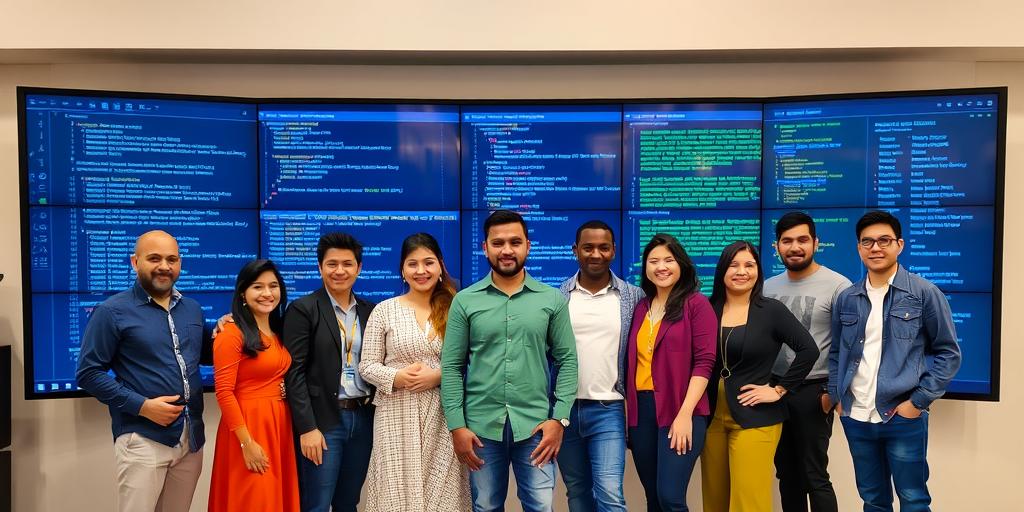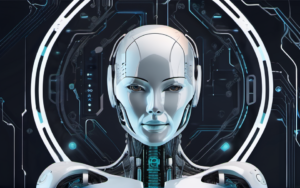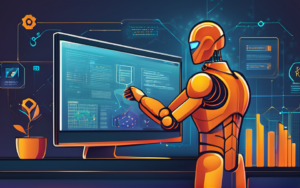In today’s digital age, where information is readily accessible and technology pervades every aspect of our lives, cybersecurity fundamentals are more crucial than ever. From protecting personal data to securing critical infrastructure, understanding the principles and practices of cybersecurity is essential for individuals and organizations alike.
Introduction
The Importance of Cybersecurity in Today’s Digital World
The digital landscape is constantly evolving, with new technologies and threats emerging at an alarming rate. Cybersecurity has become a paramount concern for individuals, businesses, and governments worldwide. Data breaches, ransomware attacks, and other cyber threats can have devastating consequences, leading to financial losses, reputational damage, and even national security risks.
Defining Cybersecurity: A Multifaceted Approach
Cybersecurity encompasses a broad range of strategies, technologies, and processes designed to protect sensitive information and systems from unauthorized access, use, disclosure, disruption, modification, or destruction. It involves a multifaceted approach that considers various aspects, including:
- Data Security: Protecting sensitive information from unauthorized access and use.
- Network Security: Securing computer networks and devices from cyberattacks.
- Application Security: Protecting software applications from vulnerabilities and exploits.
- User Education and Awareness: Empowering users to practice safe online habits and recognize potential threats.
Key Concepts and Principles
Confidentiality, Integrity, and Availability (CIA Triad)
The CIA Triad is a fundamental cybersecurity framework that outlines three core principles:
- Confidentiality: Ensuring that sensitive information is accessed only by authorized individuals.
- Integrity: Maintaining the accuracy and completeness of data and systems.
- Availability: Guaranteeing that systems and data are accessible to authorized users when needed.
These principles are interconnected and must be considered holistically to achieve robust cybersecurity.
Risk Management and Threat Assessment
Effective cybersecurity relies on a comprehensive approach to risk management. This involves identifying, assessing, and mitigating potential threats to an organization’s systems and data. Threat assessment helps organizations prioritize their security efforts by focusing on the most likely and impactful threats.
Security Controls and Best Practices
Security controls are specific measures implemented to mitigate identified risks and protect against cybersecurity threats. These controls can be technical, administrative, or physical. Examples include:
- Firewalls: Blocking unauthorized access to networks.
- Antivirus Software: Protecting against malware infections.
- Access Control Lists (ACLs): Limiting access to specific resources.
- Strong Passwords: Making it difficult for attackers to guess login credentials.
The Role of Human Factors in Cybersecurity
While technical controls are crucial, human factors play a significant role in cybersecurity. User awareness, training, and adherence to security best practices are essential to preventing many cyberattacks. For instance, employees should be trained to recognize phishing emails, avoid clicking on suspicious links, and report any security concerns.
Common Cybersecurity Threats and Vulnerabilities
Malware and Viruses
Malware encompasses a wide range of malicious software designed to infiltrate computer systems and cause damage. Viruses are a type of malware that can replicate themselves and spread to other systems. Examples include:
- Ransomware: Encrypts data and demands payment for its release.
- Spyware: Monitors user activity and steals sensitive information.
- Trojans: Disguise themselves as legitimate software but contain malicious code.
Phishing and Social Engineering
Phishing attacks involve deceiving users into revealing sensitive information, such as login credentials or financial details. Social engineering techniques manipulate users’ psychological vulnerabilities to gain access to systems or data.
Denial-of-Service (DoS) Attacks
DoS attacks aim to disrupt the availability of a website or network service by overwhelming it with excessive traffic. This can prevent legitimate users from accessing the service.
Data Breaches and Insider Threats
Data breaches occur when sensitive information is stolen or compromised. Insider threats arise from malicious or negligent actions by authorized users within an organization.
Essential Cybersecurity Measures
Strong Passwords and Multi-Factor Authentication
Using strong passwords that are difficult to guess is crucial for protecting accounts. Multi-factor authentication (MFA) adds an extra layer of security by requiring users to provide multiple forms of authentication, such as a password and a one-time code.
Regular Software Updates and Patching
Software vendors regularly release updates and patches to address vulnerabilities and security flaws. Keeping software up to date is vital for protecting against known exploits.
Firewall and Intrusion Detection Systems
Firewalls act as barriers between a network and the external world, blocking unauthorized access. Intrusion detection systems (IDS) monitor network traffic for suspicious activity and alert administrators to potential threats.
Data Encryption and Secure Storage
Data encryption converts information into an unreadable format, protecting it from unauthorized access. Secure storage solutions, such as encrypted hard drives and cloud storage services, can help safeguard sensitive data.
Employee Training and Awareness Programs
Investing in employee training and awareness programs is essential for building a strong cybersecurity culture. Employees should be educated about common threats, best practices, and reporting procedures.
Emerging Trends in Cybersecurity
Artificial Intelligence (AI) and Machine Learning (ML)
AI and ML are transforming cybersecurity by automating tasks, detecting anomalies, and predicting future threats. These technologies can help organizations improve threat detection, incident response, and security posture.
Cloud Security and Data Protection
As organizations increasingly adopt cloud computing, cloud security is becoming a critical area of focus. This involves securing data and applications hosted in the cloud, as well as protecting cloud infrastructure.
Internet of Things (IoT) Security
The growing number of connected devices, known as the Internet of Things (IoT), presents new cybersecurity challenges. Securing IoT devices is vital to prevent breaches and ensure the privacy of data.
Blockchain and Cryptocurrency Security
Blockchain technology offers a secure and transparent way to record and track transactions. However, vulnerabilities exist in cryptocurrency systems, and security measures are essential for protecting digital assets.
The Ever-Evolving Landscape of Cybersecurity
Cybersecurity is a constantly evolving field, with new threats and vulnerabilities emerging regularly. Organizations and individuals must remain vigilant and adapt their security practices to stay ahead of attackers.
The Importance of Continuous Learning and Adaptation
Staying informed about the latest cybersecurity trends, best practices, and threats is crucial. Regularly updating knowledge and skills is essential to maintain a strong security posture.
Building a Secure Digital Future Together
Cybersecurity is a shared responsibility. Individuals, organizations, and governments must work together to build a secure digital future. This involves promoting awareness, sharing knowledge, and collaborating on security solutions.




